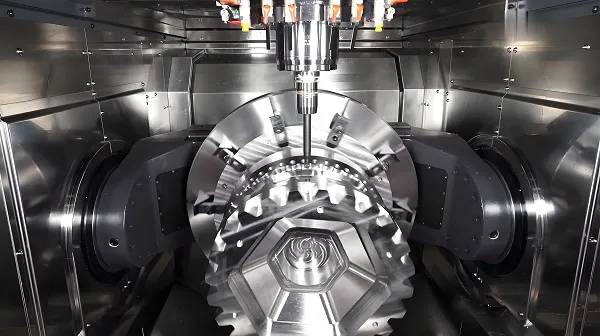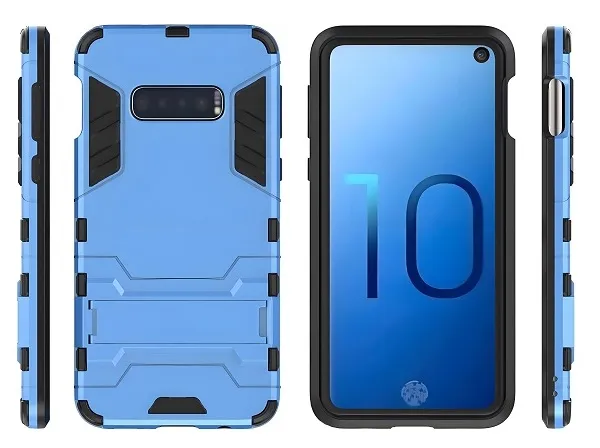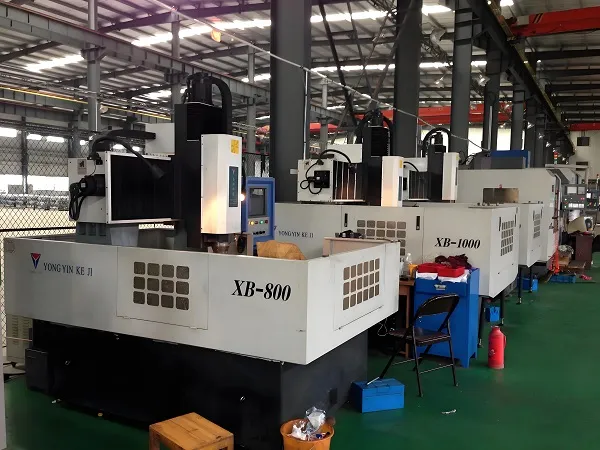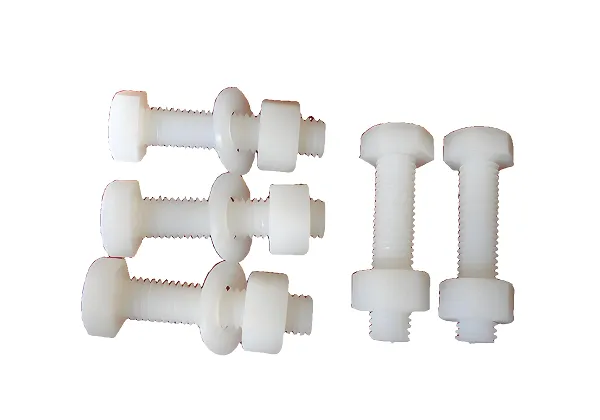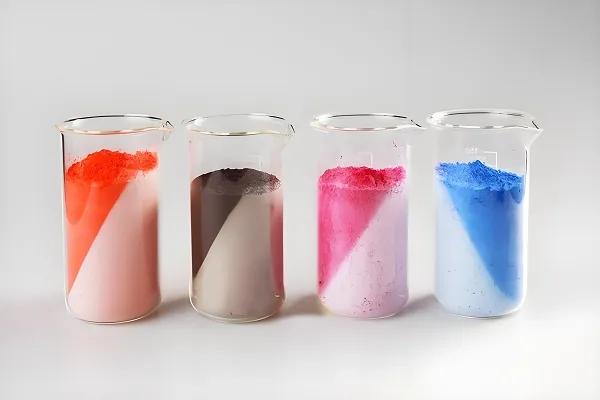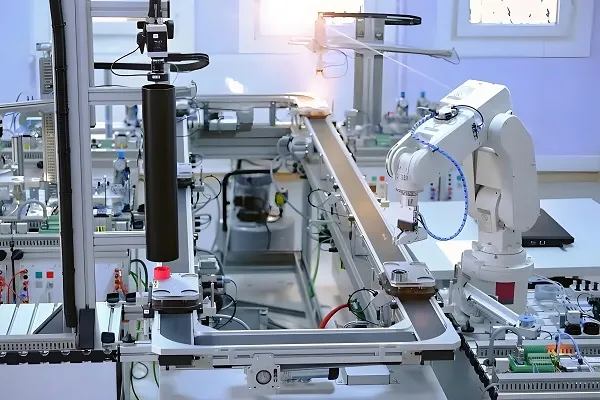Plastic water valves, as a key component in modern water supply and drainage systems, are widely used in residential and commercial buildings, agricultural irrigation and industrial water treatment for their lightweight, corrosion-resistant, easy-to-install and maintain advantages. They are not only able to effectively control the opening and closing of water flow, but also maintain stable performance in harsh environments to ensure the smooth operation of the water system.
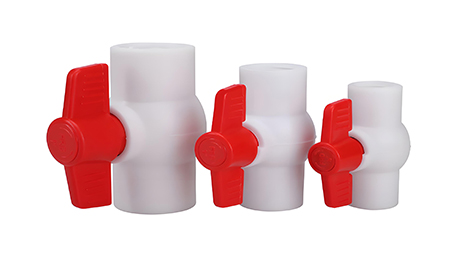
1.Plastic water valve production process
Raw material selection and pretreatment: According to the design requirements and uses, select suitable plastic raw materials, such as polypropylene (PP), polyethylene (PE), polyvinyl chloride (PVC) or ABS, and drying, mixing, and other pre-treatment to ensure that the quality of the material uniformity.
Mould design and manufacture: According to the design drawings of the water valve, injection or blow molds are precisely manufactured to ensure the dimensional accuracy and appearance quality of the product.
Molding Processing: Adopting injection or blow molding technology, the molten plastic raw material is injected into the mold to form the preliminary shape of the water valve through precise control of temperature and pressure.
Post-processing and assembly: The molded water valves are subjected to post-processing such as trimming, deburring, punching (if required), and assembling key components such as valve spools, seals, etc., to ensure the sealing and functionality of the water valves.
Quality Inspection and Testing: Pressure test, sealing test, corrosion resistance test, etc. are carried out to ensure that the water valves meet the relevant standards and customer requirements.
Packing and shipping: Pack the qualified water valves with necessary installation instructions and warranty information, ready to ship to customers.
2.Plastic water valve customization
Demand analysis: Communicate with customers in depth to understand their application scenarios, water flow pressure, media type, temperature range and other specific needs.
Design program: according to customer needs, design the size, shape, connection (such as thread, flange, etc.) and spool type (such as ball valve, gate valve, butterfly valve, etc.) of the water valve, and provide preliminary design drawings and 3D models.
Sample making and verification: Make samples according to the design scheme and conduct actual tests to verify the key performance such as sealing, pressure resistance, corrosion resistance, etc.
Optimization and Adjustment: Based on the test results and customer feedback, optimize and adjust the design scheme until it meets all the customer’s requirements.
Mass production: After confirming that the design scheme is correct, mass production will be carried out and the consistency and stability of product quality will be ensured.
3.Plastic water valve material introduction
Material: polypropylene (PP), polyethylene (PE), polyvinyl chloride (PVC), ABS and so on.
Characteristics:
Strong corrosion resistance: plastic materials have excellent corrosion resistance, can resist the erosion of a variety of chemicals, suitable for a variety of water quality environment.
Lightweight and durable: Plastic water valves are lighter than metal water valves, easy to install and maintain, and at the same time have good durability and can maintain stable performance for a long time.
Good sealing: Plastic materials are easy to process into various shapes and sizes, which can ensure the sealing of the water valve and prevent leakage and pollution.
Wide range of temperature resistance: different plastic materials have different temperature resistance ranges, to meet the temperature requirements of different application scenarios.
4. Characteristics of plastic water valves made of different materials
Products: PP water valve, PE water valve, PVC water valve, ABS water valve and so on.
Data:
PP water valve:
Temperature resistance range: -20 ℃ to +110 ℃
Compressive strength: ≥16MPa
Corrosion resistance: excellent, applicable to a variety of water quality environment
Service life: up to 10 years
PE water valve:
Temperature resistant range: -40℃ to +60
Good flexibility, easy to bend and install
Abrasion resistance: good, suitable for occasions of greater wear and tear
Service life: more than 15 years
PVC water valve:
Temperature resistance range: -5℃ to +60℃
Strong chemical resistance, suitable for corrosive water environment
Lightweight and easy to process, low cost
Service life: more than 8 years
ABS water valve:
Temperature resistance range: -20℃ to +70
High strength, good impact resistance
Smooth surface, easy to clean and maintain
Service life: up to 10 years or more
Customized Plastic Water Valve FAQ
Q1:What are the advantages of plastic water valve compared with metal water valve?
A: Plastic water valves are lightweight, corrosion-resistant, easy to process, and low-cost, while providing better sealing and longer service life.
Q2: How to choose the right plastic water valve material?
A: When choosing plastic water valve materials, you need to consider application scenarios, water quality environment, temperature range, pressure requirements and other factors, and consult professional advice.
Q3:How is the customization process of plastic water valve?
A: The customization process of plastic water valve includes demand analysis, design scheme, sample making and verification, optimization and adjustment, and mass production.

